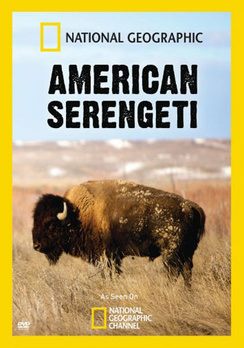Featured National Geographic Documentaries
Lewis and Clark
National Geographic’s informational video, “Lewis and Clark: Great Journey West”, tells the American tale of Lewis and Clark, with a geographic twist. Along with the story of Lewis and Clark’s journey to find the Northwest Passage, this entertaining video focuses on how the rugged landscapes they encountered affected their voyage and how they were forced to adapt to their surroundings. The Missouri River, Black Hills, waterfalls, rapids, and Rocky Mountains all provided their own unique challenges. “Lewis and Clark: Great Journey West” emphasizes the importance of the maps the men created along the way, and how those maps allowed for further exploration of future pioneers. It is also a great cross-curricular resource, with connections to American history and life science.
Secret Yellowstone
National Geographic’s documentary, “Secret Yellowstone”, is about the physical geography and forces that have made the park what it is today. Yellowstone National Park is the largest ecosystem of its type in the world, with mountains, valleys, canyons, geysers, grasslands, rivers, and wetlands. “Secret Yellowstone” describes the role fire and water play in this ecosystem, as well as the super volcano that will someday erupt. This documentary also touches on human-environmental interaction, by discussing species-reintegration, tourism, and the effects of visitors over-stepping the boundaries of wildlife.
American Serengeti
National Geographic’s documentary, “American Serengeti”, is about the rehabilitation of America’s ancient prairie and its wildlife. A great resource for teaching students about human-environmental interaction, “American Serengeti” discusses how humans have impacted the prairie and why things need to change. Fences, farms, human infrastructure, dams, over-hunting, the killing of predators, and stopping naturally occurring wildfires have all resulted in drastic changes to the natural ecosystem of the American prairie. This video also shows what measures have been taken to get the prairie back to its natural state, and how humans have tried to make things right again.
Gabon, The Last Eden
National Geographic’s documentary, “Gabon: The Last Eden”, is about the preservation of the country’s unique ecology and wildlife. Gabon is a country that is ¾ rainforest, and was one of Africa’s first nations to create multiple national parks (13 in all). “Gabon: The Last Eden” discusses how these wildlife preserves protect trees, elephants, gorillas, and countless other species from damage done by humans. Poaching, deforestation, and oil prospecting are constant threats around the national parks, and have severe implications. This documentary is a great resource when teaching students about human-environmental interaction, conservation, or the geography and environment of West/Central Africa.




